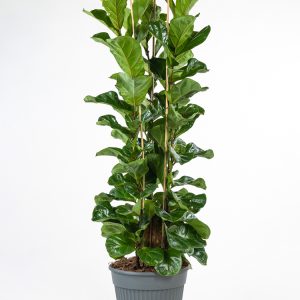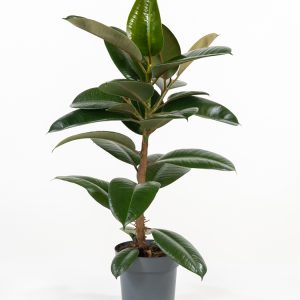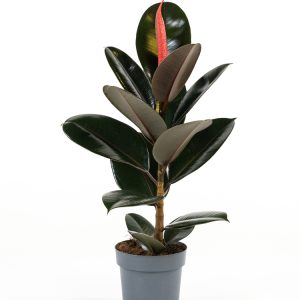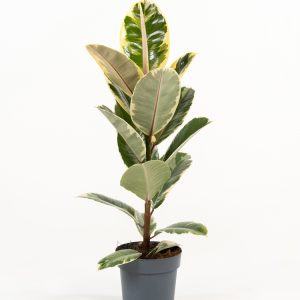Descrizione
FICUS BONSAI GINSENG
Gr.250 CP/18 H= 45 CM
Gr.500 CP/26 H= 50 CM
Gr.1000 CP/32 H= 60 CM
S-Type CP/35 H= 90 CM
S-Type CP/45 H= 120 CM
Anche se tecnicamente non si tratta di un bonsai e neanche di ginseng, il Ficus Bonsai Ginseng è un arbusto tropicale sempreverde della tipologia di ficus micro carpa, le cui dimensioni sono abbastanza contenute. Si tratta di una “miniatura” di un albero che raggiunge i venti-venticinque metri di altezza e proviene dall’Asia e dall’Australia. Il ficus ginseng per bonsai ovviamente è molto più piccolo, al massimo può raggiunge i centotrenta centimetri.
Il nome ginseng deriva dal termine asiatico attribuito alle forme che questa specie è un grado di assumere durante la sua crescita. La pianta si presenta con radici grosse, robuste e nodose che si attorcigliano dando vita a forme davvero stupefacenti.
Le foglie del Ficus Bonsai Ginseng sono, invece, ovali, grandi e di color verde lucido. Questa pianta, coltivata in vaso come un bonsai, non fiorisce facilmente. Le fioriture sono rare e quando accadono non rivestono un grande valore ornamentale. I frutti del ficus ginseng bonsai sono simili a dei piccolissimi fichi, ma anche in questo caso non rivestono alcun interesse ornamentale. Il particolare effetto decorativo di questo piccolo albero si deve proprio alla forma delle sue radici e delle foglie. L’apparato radicale della pianta adulta o molto vecchia assume spesso un tipico colore grigio cenere.
Il consiglio è quello di ricordarsi da dove viene… cioè climi caldi e umidi ma dove però non ci sono piogge lunghe e abbondanti che saturano il terreno, ma piuttosto persiste una fine nebbiolina condensata in piccole goccioline sospese.
Il Ficus Bonsai Ginseng, oltre ad avere un innegabile valore ornamentale, riveste anche una certa utilità per l’ambiente. Questa pianta, per i suoi effetti benefici e antinquinamento, si può definire, a pieno titolo, “ecologica”. Il suddetto bonsai ha la capacità di deumidificare l’aria e di depurarla dalle sostanze nocive. Questo albero, infatti, assorbe grandi quantità di formaldeide emesse dalle vernici dei mobili e dei tendaggi, ma anche dal fumo di sigaretta.( clicca qui per approfondire )


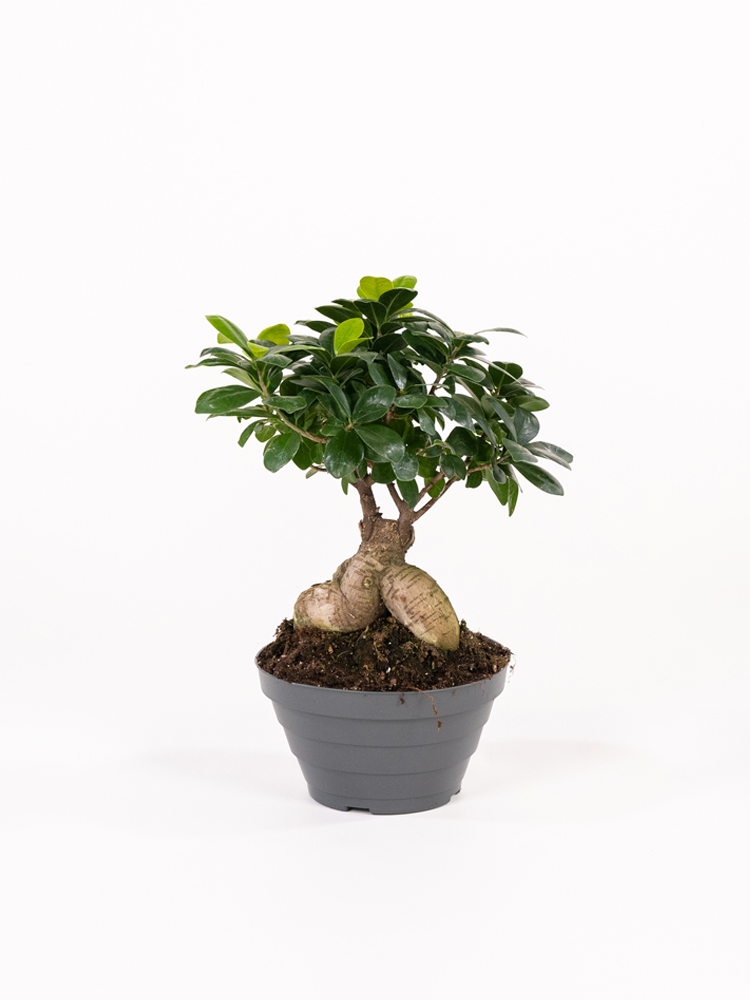
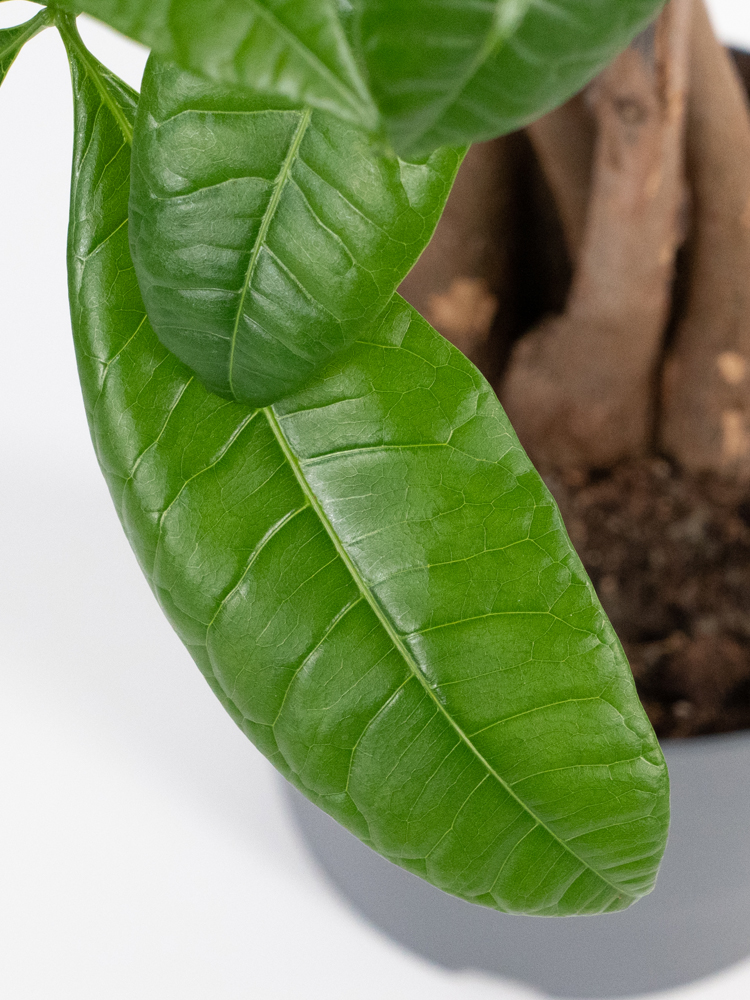
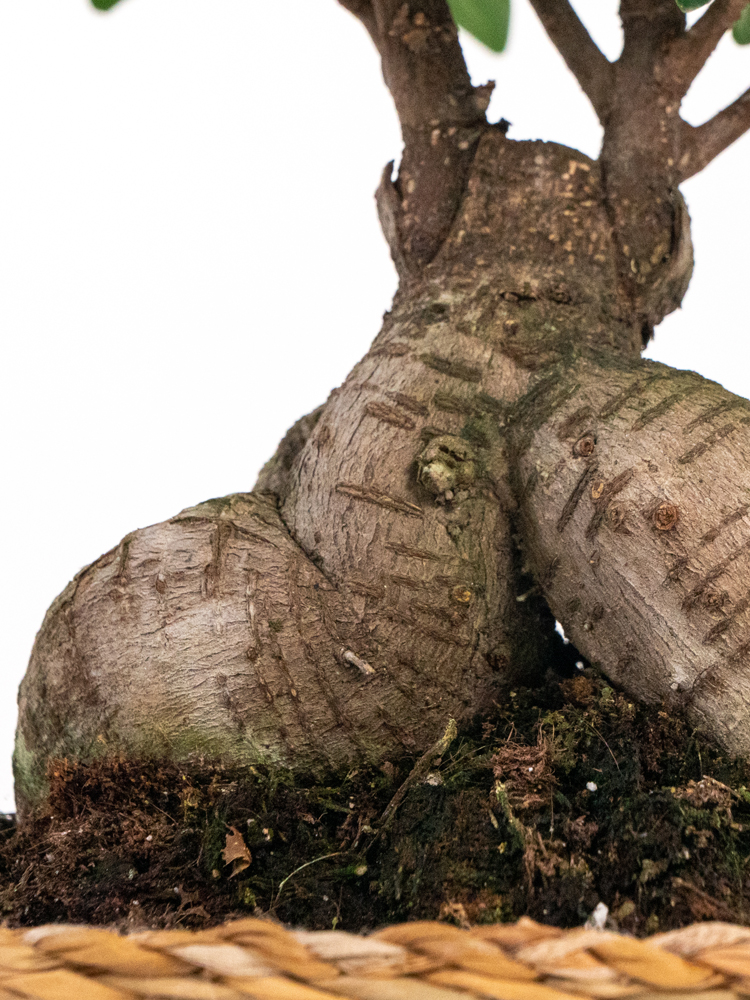

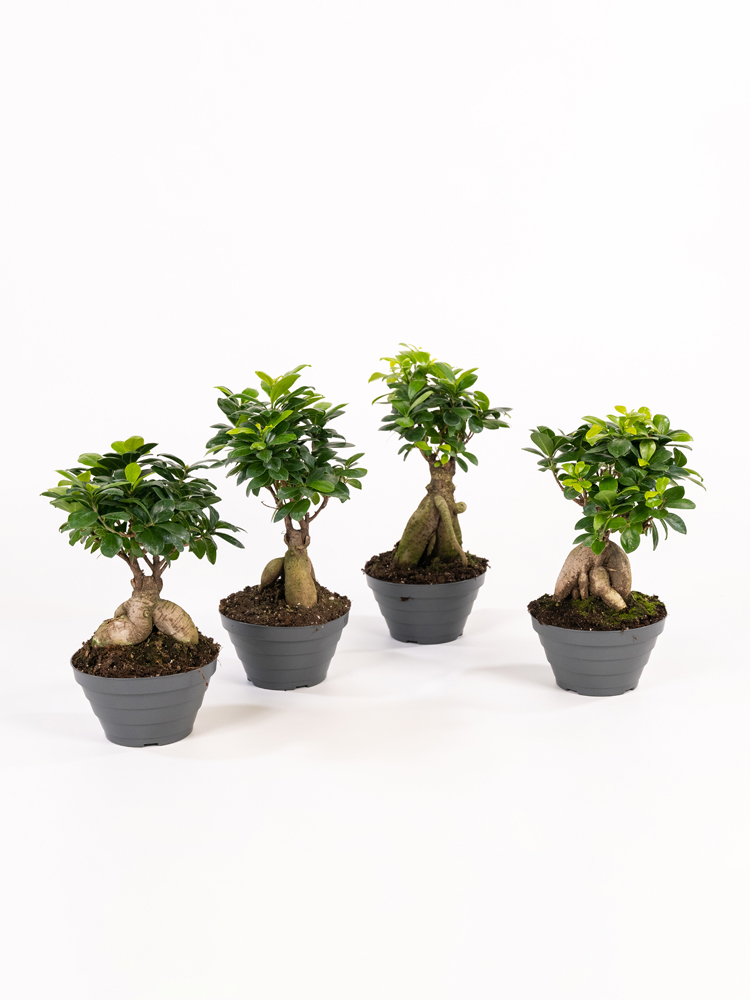
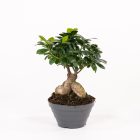
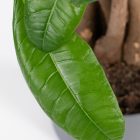
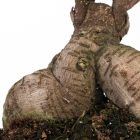
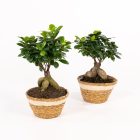
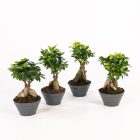
 Posizionare in una zona luminosa, anche alla luce solare diretta.
Posizionare in una zona luminosa, anche alla luce solare diretta. Fornire un buon concime per bonsai per tutto l’anno, dimezzandone la dose in dicembre e gennaio e in luglio e agosto; evitare concimi eccessivamente ricchi di azoto, che tendono a favorire uno sviluppo di grandi foglie.
Fornire un buon concime per bonsai per tutto l’anno, dimezzandone la dose in dicembre e gennaio e in luglio e agosto; evitare concimi eccessivamente ricchi di azoto, che tendono a favorire uno sviluppo di grandi foglie. Ha bisogno di annaffiature regolari ma annaffiare solo quando il terriccio si asciuga. Non bisogna esagerare con l’acqua per evitare marciumi.
Ha bisogno di annaffiature regolari ma annaffiare solo quando il terriccio si asciuga. Non bisogna esagerare con l’acqua per evitare marciumi.